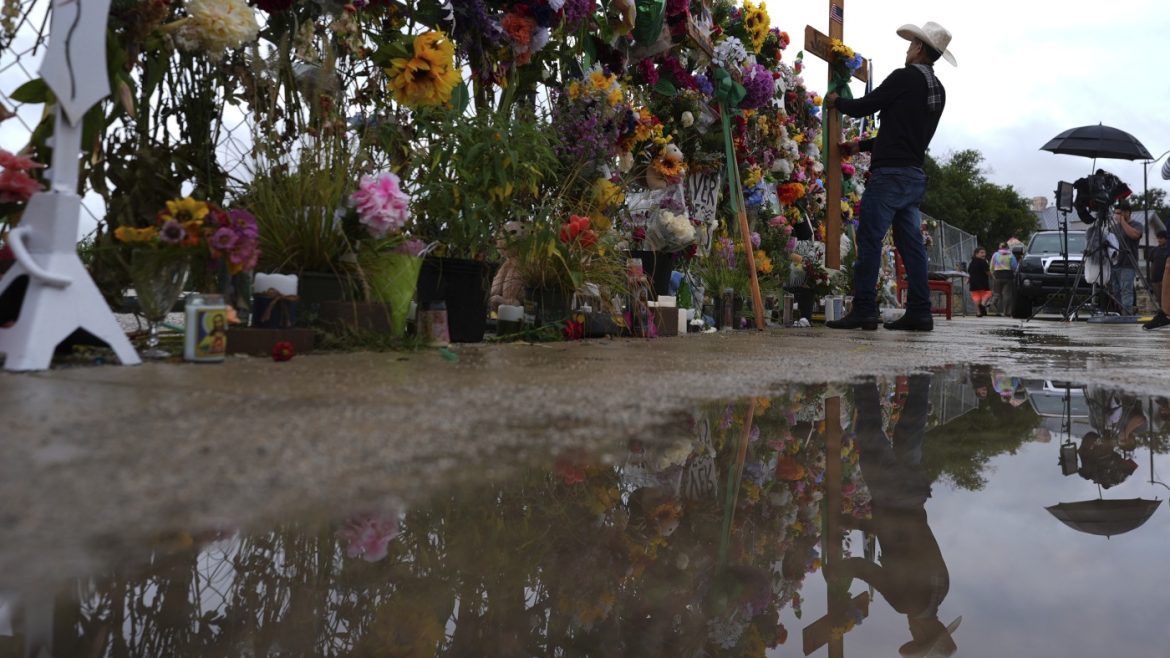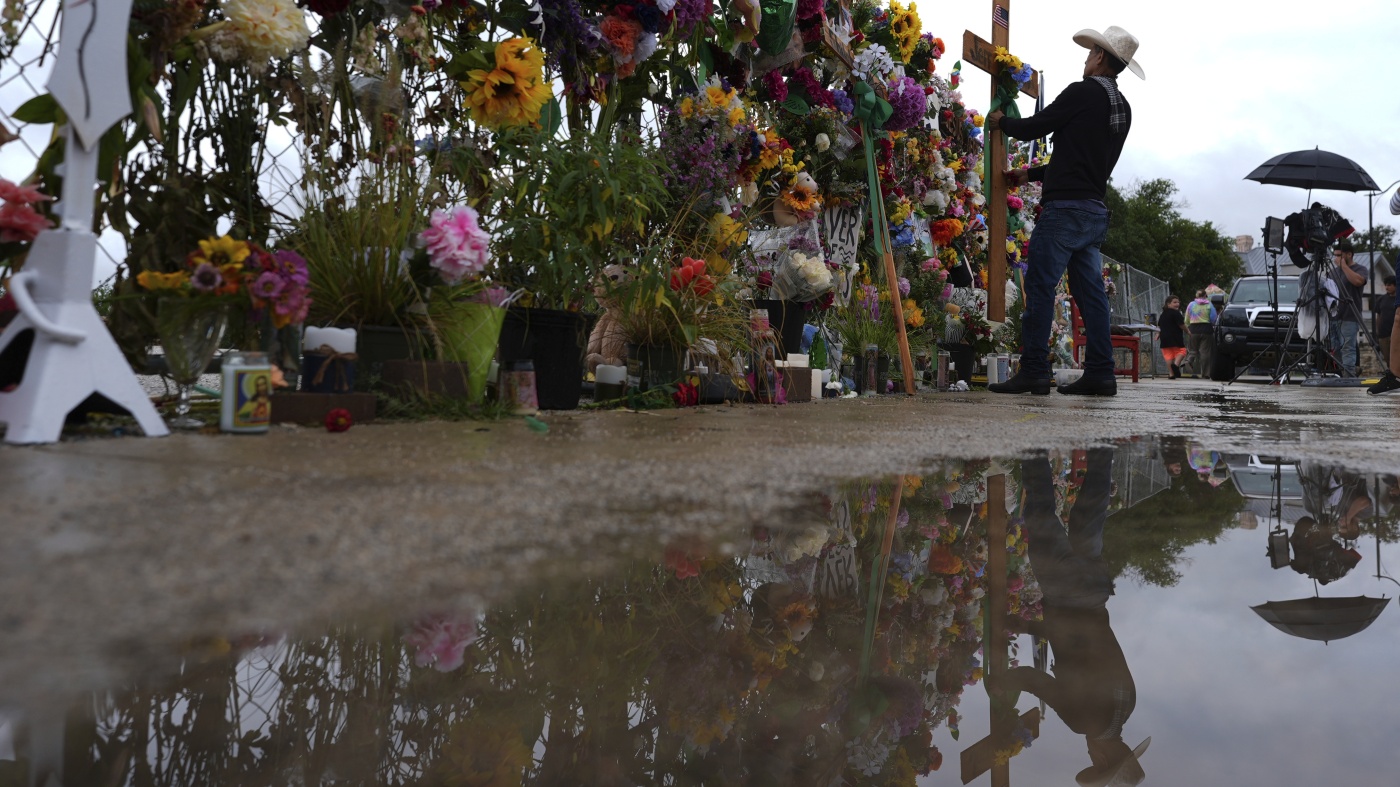The Long Shadow of July 4th: Unraveling the Texas Flood Disaster
A Holiday Turned Tragedy: The Initial Impact
The Fourth of July, a day traditionally synonymous with celebration and unity, was irrevocably altered in 2025 when catastrophic flash floods swept through the Texas Hill Country. The disaster transformed a day of joy into one of profound loss, as communities grappled with the sudden and devastating force of nature. The Guadalupe River, a cherished recreational waterway, became a raging torrent, overwhelming the unsuspecting residents and visitors of Kerr County. The speed and intensity of the floodwaters left little time for escape, plunging families into chaos and despair.
Among the most affected were children and families at summer camps along the river. Camp Mystic, a Christian summer camp for girls, became a symbol of the tragedy, with numerous campers initially reported missing. The stark contrast between the camp’s usual atmosphere of laughter and camaraderie and the scene of terror and uncertainty underscored the indiscriminate nature of the disaster. The initial impact of the floods was not only physical but also emotional, as the community struggled to comprehend the scale of the devastation.
The Frantic Search: A Race Against Time
In the immediate aftermath of the floods, a massive search and rescue operation was launched, involving local, state, and federal agencies, as well as countless volunteers. The scale of the disaster presented immense challenges. The floodwaters had scattered debris far and wide, turning familiar landmarks into unrecognizable piles of wreckage. Vehicles, equipment, and personal belongings were strewn across the landscape, hindering search efforts and creating hazardous conditions for rescue teams.
The initial days were marked by a frantic race against time, with rescuers scouring the riverbanks, navigating treacherous currents, and sifting through debris in search of survivors. Helicopters buzzed overhead, providing aerial reconnaissance and transporting rescue personnel to remote areas. The emotional toll on the search teams was immense, as they confronted the grim reality of the disaster and the urgent need to bring closure to grieving families. The coordination and bravery of the rescue teams were commendable, yet the sheer magnitude of the disaster made their task daunting.
From Hundreds to a Handful: Accounting for the Missing
One of the most pressing challenges in the wake of the floods was accounting for the missing. In the initial days, the number of people unaccounted for reached staggering heights, with some reports indicating nearly 100 individuals still missing in Kerr County alone. The sheer magnitude of the number reflected the chaos and confusion that followed the disaster. As communication networks were disrupted and families struggled to locate loved ones, the list of missing persons grew, fueling anxiety and uncertainty throughout the region.
Over time, through tireless efforts of law enforcement and volunteers, the number of missing gradually decreased as individuals were located and accounted for. Many of those initially reported missing were later found to be safe, having sought shelter with friends or family without being able to communicate their whereabouts immediately. The reduction in the number of missing provided a glimmer of hope amidst the devastation, underscoring the importance of accurate information and effective communication in disaster response. However, the fact that three individuals remain unaccounted for is a stark reminder of the enduring impact of the floods.
The Lingering Grief: Three Souls Still Unaccounted For
Despite the significant progress made in accounting for the missing, the fact that three individuals remain unaccounted for is a stark reminder of the enduring impact of the floods. Each missing person represents a family left in agonizing limbo, clinging to hope while grappling with the uncertainty of their loved one’s fate. The search for these remaining individuals continues, though with each passing day, the likelihood of finding them alive diminishes. The emotional toll on the families of the missing is immeasurable, and the community as a whole shares in their grief and uncertainty.
The lingering grief is a testament to the profound impact of the disaster on the community. It highlights the need for continued support and resources to address the emotional and psychological scars left by the floods. The community’s resilience and compassion are evident in their unwavering commitment to finding the missing and supporting the affected families. The search for the remaining individuals is not just a search for answers but also a search for closure and healing.
Beyond the Search: Addressing the Underlying Issues
The Texas flood disaster has not only exposed the vulnerability of communities to extreme weather events but has also raised questions about preparedness, infrastructure, and flood warning systems. In the aftermath of the disaster, it is crucial to examine the factors that contributed to the scale of the tragedy and to implement measures to mitigate the risk of future flooding. This includes investing in improved flood control infrastructure, developing more effective early warning systems, and educating residents about flood safety protocols.
Furthermore, the disaster has highlighted the need for better coordination and communication between various agencies involved in disaster response. Streamlining communication channels, establishing clear lines of authority, and conducting regular training exercises can enhance the effectiveness of rescue efforts and ensure that resources are deployed efficiently. The lessons learned from the Texas flood disaster can serve as a catalyst for action, inspiring communities to take proactive steps to mitigate their risk and protect their residents.
The Road to Recovery: A Community United
The road to recovery for the Texas Hill Country will be long and arduous, requiring sustained effort and collaboration from all stakeholders. Rebuilding infrastructure, restoring damaged homes and businesses, and providing support services for affected families will be essential to revitalizing the region. The outpouring of support from volunteers, organizations, and individuals across the nation has been heartening, demonstrating the compassion and solidarity that emerge in times of crisis.
Beyond the physical reconstruction, the healing process will also require addressing the emotional and psychological scars left by the disaster. Grief counseling, mental health services, and community support groups can provide a safe space for residents to process their trauma and begin to rebuild their lives. The community’s resilience and determination to rebuild and heal are a testament to the enduring spirit of humanity. The support and solidarity from volunteers, organizations, and individuals across the nation have been instrumental in the recovery process.
A Lasting Legacy: Lessons Learned and a Call to Action
The Texas flood disaster serves as a stark reminder of the power of nature and the importance of preparedness. As climate change continues to exacerbate extreme weather events, it is imperative that communities take proactive steps to mitigate their risk and protect their residents. This includes investing in resilient infrastructure, developing comprehensive emergency management plans, and promoting community awareness of flood risks.
The tragedy in the Texas Hill Country should serve as a catalyst for action, inspiring individuals, communities, and governments to work together to create a more resilient and sustainable future. By learning from the lessons of the past and embracing innovation and collaboration, we can better protect ourselves from the devastating impacts of future disasters. The lasting legacy of the Texas flood disaster is not just the loss and devastation it brought but also the lessons it has taught us about resilience, preparedness, and the power of community.
Hope Endures
The July 4th floods left an indelible mark on the Texas Hill Country, a scar that will take years to heal. But amidst the devastation and loss, the spirit of the community shines through. The resilience, compassion, and unwavering determination of the people of Texas offer a beacon of hope, demonstrating that even in the face of unimaginable adversity, the human spirit can endure. While the search for the remaining missing continues, so too does the unwavering commitment to rebuild, to heal, and to create a brighter future for generations to come. The hope that endures is not just a hope for recovery but also a hope for a more resilient and prepared future. The community’s strength and unity in the face of adversity are a testament to the enduring power of hope and the human spirit.


